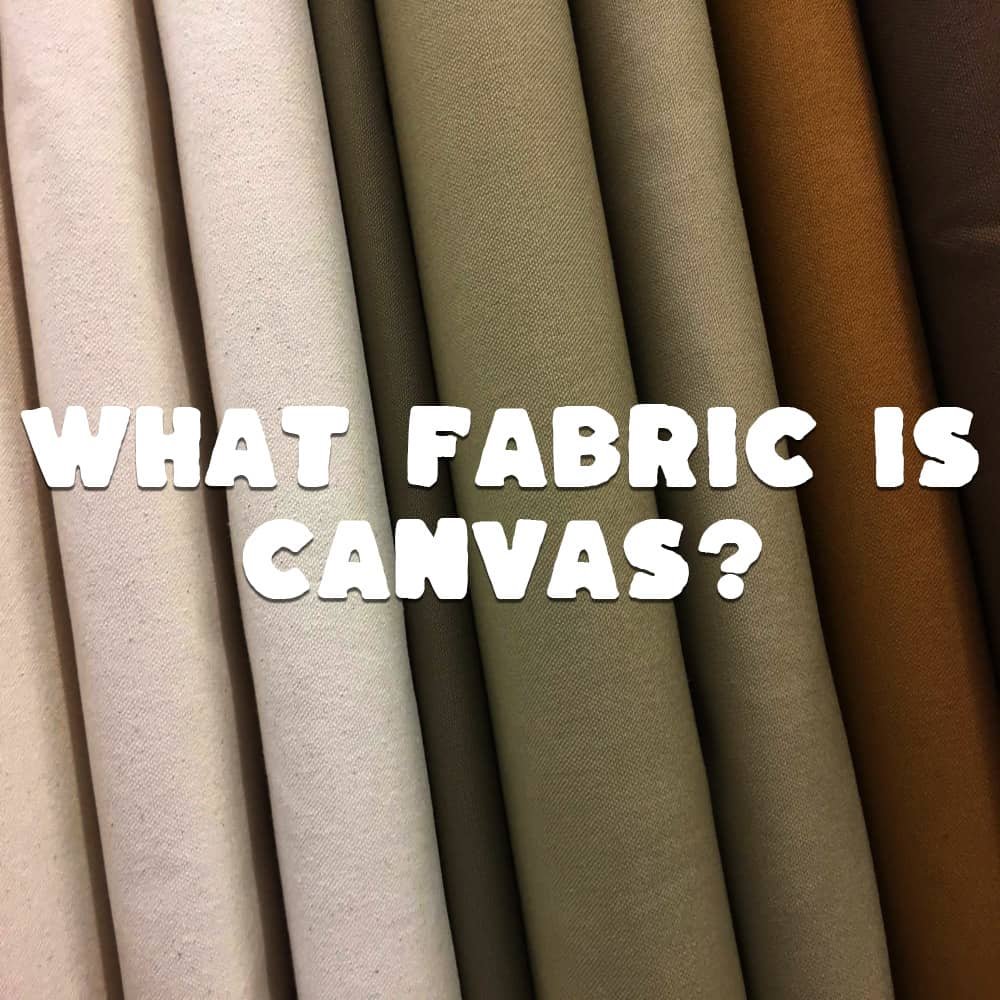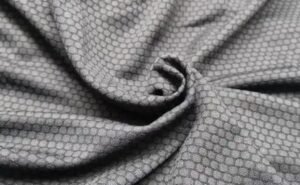
Canvas is a versatile and durable fabric that has been used for centuries in various applications. It is known for its strength and ability to withstand heavy wear and tear, making it a popular choice for many practical uses, as well as artistic applications.
Canvas is typically made from cotton, linen, or a blend of both fibers. Cotton canvas is the most commonly used type of canvas and is made from 100% cotton fibers. It is known for its durability and ability to hold its shape well, even after repeated use. Cotton canvas is also soft and breathable, making it comfortable to wear.
Linen canvas is made from flax fibers and is known for its strength and durability. It is also more expensive than cotton canvas due to the labor-intensive process of producing flax fibers. Linen canvas is often used in fine art applications due to its high quality and longevity.
Canvas can also be made from a blend of cotton and polyester fibers, which provides added strength and durability. This type of canvas is often used for outdoor applications, such as tents and tarps, as well as for industrial uses.
The weave of canvas fabric is what gives it its unique properties. Canvas is typically made using a plain weave, which involves weaving each weft thread over and under each warp thread. This creates a strong and stable fabric that is resistant to tearing and fraying.
Canvas fabric can come in a range of weights and finishes, from lightweight and smooth to heavy and textured. The most common types of canvas are cotton canvas and duck canvas, with duck canvas being slightly heavier and more tightly woven than cotton canvas.
Overall, canvas is a versatile and durable fabric that is used in a wide variety of applications. Its strength and durability make it a popular choice for practical uses, while its texture and appearance make it a popular choice for artistic applications.

What are the different types of canvas?
There are several different types of canvas, which vary in terms of their fiber content, weight, and weave. Here are some of the most common types of canvas:
- Cotton Canvas: This is the most commonly used type of canvas and is made from 100% cotton fibers. It is known for its durability, strength, and ability to hold its shape well. Cotton canvas is also soft and breathable, making it comfortable to wear.
- Duck Canvas: Duck canvas is a slightly heavier and more tightly woven type of canvas than cotton canvas. It is made from 100% cotton fibers and is known for its durability and strength. Duck canvas is commonly used for heavy-duty applications such as workwear, bags, and tarps.
- Linen Canvas: Linen canvas is made from flax fibers and is known for its strength and durability. It is also more expensive than cotton canvas due to the labor-intensive process of producing flax fibers. Linen canvas is often used in fine art applications due to its high quality and longevity.
- Polyester Canvas: Polyester canvas is a synthetic canvas made from polyester fibers. It is often used for outdoor applications such as tarps and tents, as well as for industrial uses. Polyester canvas is known for its strength, durability, and resistance to moisture.
- Blended Canvas: Blended canvas is a canvas made from a combination of different fibers, such as cotton and polyester. This type of canvas combines the strength and durability of polyester with the softness and breathability of cotton. Blended canvas is often used in applications that require both strength and comfort.
Overall, the choice of canvas depends on the specific application and the desired properties of the fabric. Each type of canvas has its own unique characteristics that make it suitable for different applications.

Which is better, canvas, cotton or polyester?
It depends on the intended use and personal preference. Each material has its own set of advantages and disadvantages.
Canvas:
Canvas is a durable and heavy-duty fabric that is often used for making outdoor gear, bags, and shoes. It has a rough texture and can withstand wear and tear, making it ideal for rugged use.
Cotton:
Cotton is a soft, breathable fabric that is comfortable to wear. It is versatile and can be used for a wide range of clothing items, including t-shirts, jeans, and dresses. Cotton is also hypoallergenic and doesn’t irritate the skin, making it an excellent choice for those with sensitive skin.
Polyester:
Polyester is a synthetic fabric that is lightweight, durable, and resistant to wrinkles and shrinking. It is often used for athletic wear and outdoor gear because it wicks away moisture and dries quickly. Polyester is also easy to care for and can be machine washed and dried without losing its shape or color.
In summary, canvas is best for rugged use, cotton is comfortable and versatile, and polyester is durable and easy to care for. Choose the fabric that best fits your needs and preferences.

What are the advantages and disadvantages of canvas?
Canvas is a versatile and durable fabric that has a number of advantages, as well as some disadvantages. Here are some of the pros and cons of using canvas:
Advantages:
- Durability: Canvas is a very durable fabric that can withstand wear and tear, making it suitable for a variety of applications such as backpacks, tents, and sails.
- Strength: The plain weave used in canvas fabric provides a strong and stable material that is resistant to tearing and fraying.
- Water Resistance: Canvas can be treated to make it water-resistant or waterproof, making it a popular choice for outdoor applications such as tents and tarps.
- Breathability: Canvas is a breathable fabric, which makes it comfortable to wear and use in warm weather.
- Versatility: Canvas comes in a variety of weights and finishes, making it a versatile fabric that can be used in many different applications.
Disadvantages:
- Heavy: Canvas is a heavy fabric, which can make it cumbersome for certain applications.
- Absorbs moisture: While canvas can be treated to make it water-resistant or waterproof, it is still susceptible to absorbing moisture, which can lead to mold and mildew if not properly cared for.
- Prone to fading: Canvas can be prone to fading over time, especially if exposed to sunlight.
- Wrinkles: Canvas can be prone to wrinkling, which can make it difficult to maintain a neat appearance.
- Cost: Depending on the type and quality of canvas, it can be more expensive than other fabrics.
Overall, the advantages of canvas make it a popular choice for a variety of applications, but its disadvantages should be taken into consideration when selecting it for a specific use.







